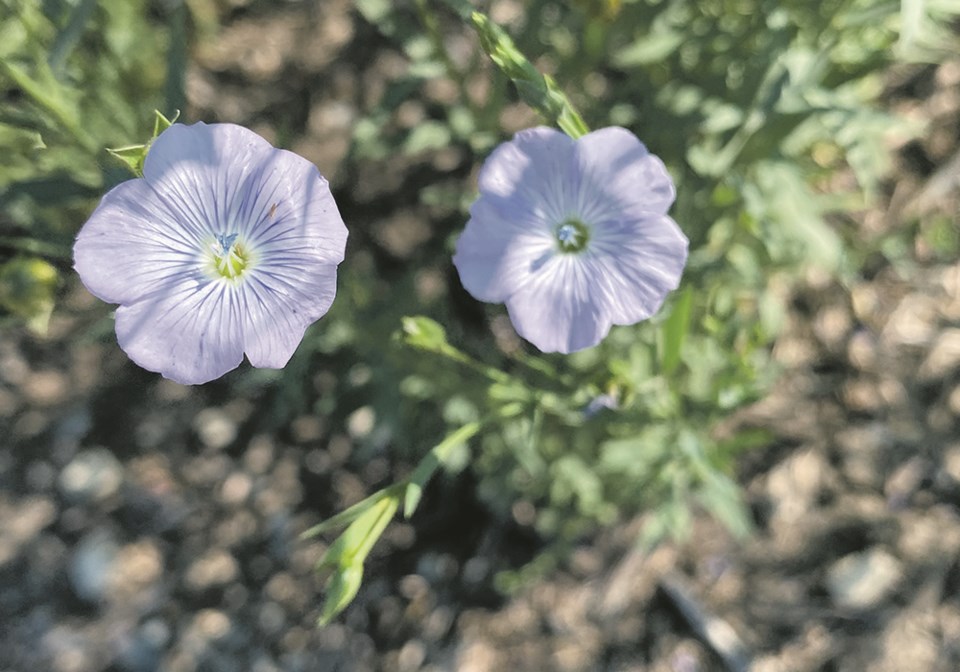WESTERN PRODUCER — Canadian flax is encountering yet another trade obstacle in the European Union.
The EU has established new maximum levels for hydrocyanic acid in flax that went into effect Jan. 1.
The acid is a health concern because it is converted to cyanide in the intestinal tract of humans.
The EU’s new hydrocyanic acid limit amounts to 250 milligrams per kilogram, except for flax destined for the final consumer, which has a limit of 150 mg per kg.
“The limit that has been set right now is not necessarily something that we can meet 100 percent of the time,” said Flax Council of Canada president Wayne Thompson. “There is definitely a risk for Canadian exporters going into the EU market.”
It depends on the testing methodology used and whether the EU is testing for hydrocyanic acid or the broader category of cyanogenic glycosides.
“There is not a standard methodology that seems to be agreed upon between all the regulators,” Thompson said.
The council is working with the Canadian government to determine what testing method is used by the European Food Safety Authority and to answer any questions the regulator has about Canada’s flax.
Thompson said Canadian flax has received a health claim from Health Canada and Generally Recognized as Safe (GRAS) status from the U.S. Food and Drug Administration.
The hydrocyanic acid safety issue was covered in those assessments. But the council is conducting additional research to address some of the EU’s questions and concerns.
Dale Leftwich, policy manager for the Saskatchewan Canola Development Commission, which has recently taken over administrative duties for the Saskatchewan Flax Development Commission, said the hydrocyanic acid issue is worrisome.
“It’s just another thing that seems to be causing us a market disruption when we need to expand markets,” he said.
Leftwich recently met with Emma Finn, trade commissioner at the Canadian High Commission in London, England, who gave him a little bit of good news on the issue.
“The United Kingdom is not going to be following the European Union’s lead on this,” he said.
The flax industry has had a troubled past with EU restrictions, highlighted by the Triffid incident, a genetically modified line of flax that was detected in Canadian shipments in 2009, disrupting sales to the EU for many years.
In August 2021, the EU implemented regulations regarding cadmium in flax. Buyers and sellers of the commodity are still working on ways to manage that issue.
The hydrocyanic acid issue has yet to disrupt sales, primarily because Canada has largely been shut out of the EU in 2022-23 due to market factors. It has been unable to compete with Kazakh flax.
But Thompson said Canadian flax is getting close to being price competitive in the EU, so it is imperative that the industry gets clarification on the issue and the testing method as soon as possible.
“The European market is still a significant market for flax,” he said.

